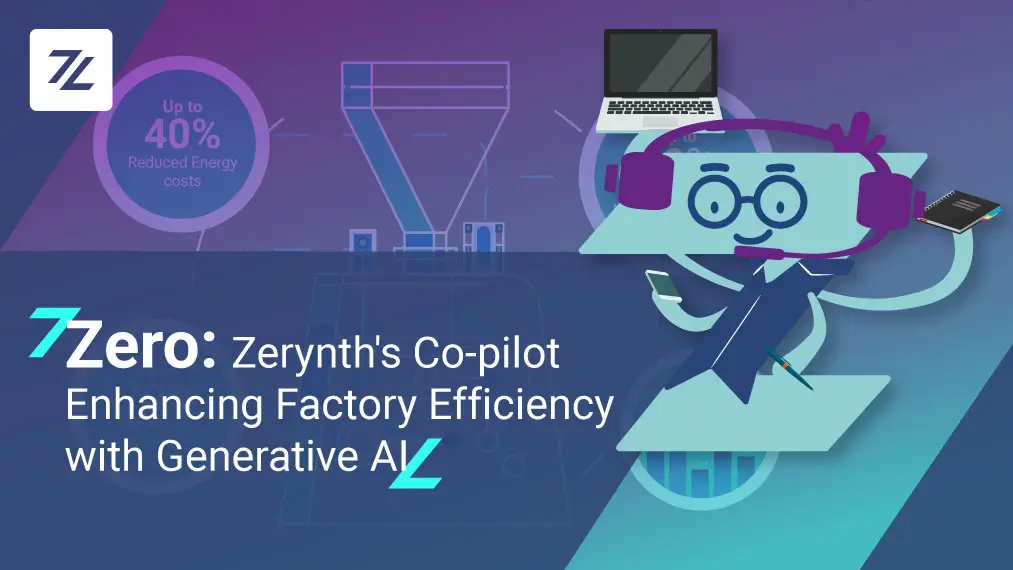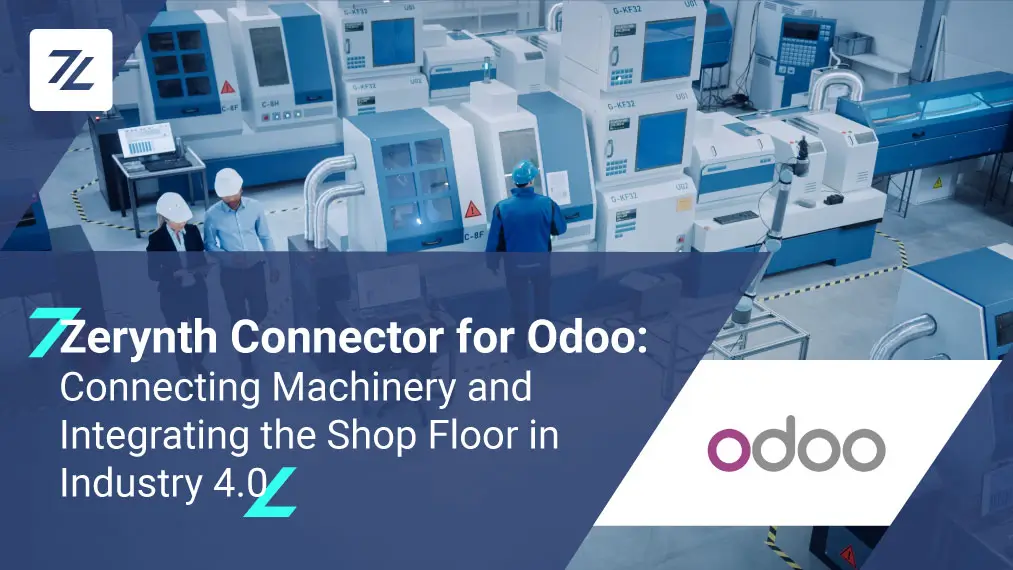Industrial advancements have historically been linked to the destruction of natural resources and unsustainable practices. But with the advancement of technology, there has been a real shift in both of these possibilities and perceptions.
The Internet of Things and all its accompanying technologies are the tools we need to create a green, sustainable, and stable future.
Of course, this is not just for philanthropic reasons. By creating a healthy environment, we are also creating a stable economy. Moreover, the World Economic Forum estimates that adopting industrial IoT alone can add $14 trillion of economic value to the global economy by 2030.
The impact of IoT technology on sustainability
Let’s take a look at the top 5 fields where IoT is having its greatest positive impact on the environment.
Each of them (smart industry, smart agriculture, smart vehicles, smart waste management, and smart cities) create a substantial impact of their own, but together they can create a totally green future.
Smart Industry
Let us start with the topic of the Smart Industry. The term smart industry has often been viewed as a synonym to Industry 4.0.
But first and foremost, smart industry is tied to smart manufacturing – connected machines and equipment, automated and monitored production processes, and streamlined operations.
Even though some reports say that the global manufacturing market is set to reach $236.12 Billion by 2026, and everything looks modern and automated on the outside, most of the machinery used today is over 10 and 20 years old.
Industrial Machine Retrofitting
One way to achieve sustainable manufacturing faster is to retrofit old machines. For most companies buying new machines is out of the question. The costs are too high, and since the older machines still work, it is rather wasteful to buy new ones.
This is why retrofitting is such a sustainable option.
By spending much less than purchasing a new machine, and retrofitting it with the Zerynth IoT Platform you can get features like:
- Automated production monitoring
- Real-time power consumption data
- Predictive maintenance
- Improved operating efficiency
- Advanced safety measures for employees
If you would like to learn more about industrial machine retrofitting, read our detailed white paper.
The impact of smart agriculture
Let’s continue this sustainable IoT journey, and take a look at one of the most basic human needs: food.
Right now, roughly, 12% of the landmass is used for agriculture and food production. This might seem like a small percentage, but we need to consider the size of the world’s deserts, deadlands, the deforestation rate, etc.
If we could create, on a global scale, a more sustainable way of producing (and consuming) food we could find ourselves in a whole new environment.
Some of the current IoT solutions that are helping us achieve this goal are:
- Drones are being used in spraying and surveillance of fields – decrease the level of pesticides and increase the health of plants.
- Smart greenhouses – precision monitoring and controlling of all production aspects (temperature, humidity, chemicals in the soil, etc.)
- Precision farming with sensors – as sensors become cheaper by the day, so is their use in agriculture.
Smart plant nursery
Our team is well versed in IoT-enabling agricultural production systems. When Pierucci Agricolutra was facing challenges on how to make a smart, IoT plant nursery, and how to find a reliable partner to assist them in participating in a project from the European Regional Development Fund – they turned to Zerynth.
We provided them with Nurset. An IoT-enabled solution designed for monitoring the cultivation of ornamental plants in nurseries.
The system reduces water and energy consumption, decreases manual operations for monitoring and reporting data, and enables remote monitoring and managing of the whole system.
Smart waste management practices
As a consequence of rapid urbanization, the majority of the materials we use in everyday life are non-recyclable.
Of course, this also ties into the topic of smart cities, but we will get to that later.
Since eradicating waste completely is not a possibility, companies, organizations, and governments all over the world are thinking of the best ways to make the impact of waste minimal, and to simultaneously protect the environment.
Managing landfills
One of the top priorities on our list should be proper landfill management and maintenance. We can determine how sustainable a landfill is based on environmental parameters, such as the levels of methane (CH4), and leachate.
Furthermore, if the chemical bioproducts of waste disposal can be used for energy production, we are talking about a whole new level of sustainability. This is precisely what one of our customers, Scapigliato Srl is currently doing.
100% green energy production – from biogas to electricity
The problem they were facing is that they needed to keep a daily record of the levels of leachate in all their biogas wells, and they were doing it manually. After we installed the 4ZeroBox Mobile and additional sensors, this whole process was digitized. Scapigliato was able to get real-time data on the levels of leachate, methane, as well as temperature, humidity, and pressure. Artificial Intelligence algorithms running in the cloud and on edge devices are able to optimize the biogas stream parameters to optimize green energy production.
So what are the benefits of this kind of energy production? Let’s take a look at some:
- 100% green energy production
- Reduction of greenhouse gas emissions
- Reduced air pollution
- Reduced water pollution
The future of transportation
Before we look at this topic, it’s important to mention that there is a big difference between light and heavy transportation. Both play a big role in the current ecological problem the planet is facing, but their impacts are quite different.
For example, let’s look back on the Suez canal crisis in March this year. Before the, now famous, Ever Given was stuck in the canal, not many of us paid attention to shipping routes, or available transportation options. But during the crisis, we were all acutely aware of how fragile the whole system is.
One of the world’s vital maritime routes was completely blocked by a single ship. For almost a week global trading was in a crisis status.
The questions that we need to ask after this incident is:
- How sustainable are our transportation systems?
- Do we, as a society, need to ship goods from the other side of the world on a daily basis?
- Can local production solve some parts of the problems?
The European Environmental Agency reports that ships make 13.5% of all greenhouse gas emissions in the EU.
Wave energy solutions
This is why Zerynth is actively participating in helping to create sustainable maritime solutions. Recently we helped Seares to create an innovative IoT mooring system called Seadamp Plus.
The system is capable of producing energy from wave-induced motion and provides real-time information via GSM. The Seadamp Plus includes 12 or 24VDC generators with neodymium magnets, a robust gear train, and a smart controller that keeps batteries continuously charged.
Currently, solutions that use wave energy are starting to be explored more and more. But the technology is in its early stages. Most experts agree that wave-produced energy technology is at the stage where wind power was 30 years ago. By, investing in smaller solutions, centered around private transportation (like the Zerynth-powered Seadamp Plus) is a great way to make a difference.
Is hydrogen the answer?
Before the start of the pandemic, transportation made up 29% of all global primary energy use, and most of it was oil-based. If we want to see a green future, we need to start decarbonizing transportation, and we need to do it fast.
Right now, the most affordable and realistic way to proceed is towards hydrogen-based solutions. Green hydrogen and blue hydrogen are two main types of technology that are being used today, but their environmental impact is very different.
Green hydrogen vs blue hydrogen
What is the difference between these two types of hydrogen?
- Green hydrogen – is produced from the electrolysis of water.
- Blue hydrogen – is produced from natural gas.
With current technology, the production of blue hydrogen is damaging to the environment. To produce it, fossil fuels are combined with steam and heated up to 800°C. Within this process, you get carbon dioxide and hydrogen. The problem with this method is that carbon dioxide is released into the environment after these two chemicals are separated. If carbon dioxide capture is an added step in the production process, then we can say that blue hydrogen is environmentally friendly.
On the other hand, green hydrogen is produced by splitting water into hydrogen and oxygen. This is often done with zero-carbon electricity and produced by wind turbines or solar panels.
Another issue at play here is the cost of production for each. Green hydrogen costs around $6/kilogram, and is the most expensive type. But this price is dropping every year. So, in the next 10 to 20 years we can expect to see green hydrogen being produced in massive quantities at a low price.
As the price of hydrogen production goes down, countries and regions are more likely to start implementing green initiatives around it. Trucks, buses, cars, boats, planes, and trains – can all run on hydrogen.
Reducing the cost of hydrogen is the key element in making it a part of everyday transportation. Let’s consider public transportation. Right now there are 150 hydrogen cell buses operating in Europe, but the numbers are expected to change to more than 1000 by 2025.
Smart cities
After exploring all these topics it’s clear that any future net-zero city will depend on a combination of new and existing technologies, as well as a new mindset for the population.
IoT is one of the building blocks of any smart city. The level of connectivity it offers can not be over-emphasized.
Since the UN estimates that by 2030 60% of the population will live in cities it is important to focus our efforts on the most important problems any city is facing today:
- Waste management
- Water distribution and treatment
- Energy distribution
- Traffic management
- Carbon emissions
What IoT offers here is the advantage of having all the important data beforehand and in real-time. Cities can easily monitor, manage, and automate processes that were previously unconnected and hard to manage.
IoT technology in cities today
For example, a city can install smart lighting that dims the light when the sensors register that no one is around, and lower the energy consumption. Or they could enable smart parking and lower traffic congestion and carbon emissions.
Right now, Spain’s second-largest city, Barcelona, has a smart traffic light system in place that enables emergency service vehicles to pass faster through traffic. It does this by turning green traffic lights on throughout the estimated path of the vehicle. Once the emergency vehicle has passed, the traffic light system goes back to its normal operation.
Another example is the bike-sharing system that is available in most cities today. Here, in Pisa, Tuscany, the program has been around for years. In 2021 the municipality of Pisa created a new program designed to encourage people to cycle even more to remote locations. For example, the city has created a bike lane from the center to the seashore, with multiple smart bikes stands along the route.
Conclusion
The Internet of Things has the power to tackle climate change issues and to create a sustainable society where resources are not overused. The best way to achieve this goal is to share knowledge and to enable a widespread adoption of sustainable practices, technologies, and energy sources. Aided by IoT, the future can be green.
Share This Story, Choose Your Platform!
Follow Zerynth on
Latest Posts










